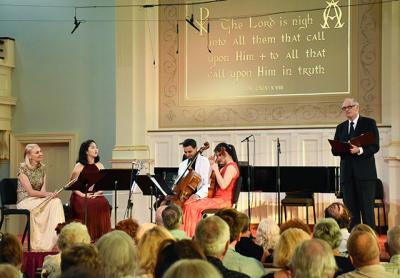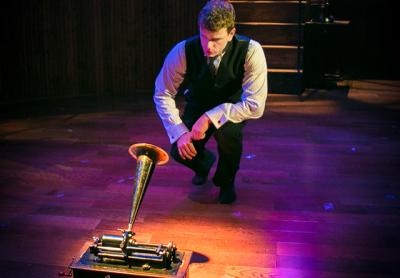Latin Concert
Latin Concert
Migguel Anggelo and his band, the Immigrants, will perform a free concert on the outdoor stage of the Southampton Arts Center on Saturday at 6 p.m. The group has recently returned from Russia, where it shared a vibrant fusion of Latin and American culture in sold-out shows in concert halls and music festivals and performed at the home of the U.S. ambassador.
The show will feature the Latin music of Augustin Lara, the Buena Vista Social Club, and Astor Piazzolla. In addition to original compositions by Mr. Anggelo and Mau Quiros, the musical director, the band will interpret the music of such legendary artists as Celia Cruz and Los Panchos. The center recommends not only chairs, blankets, and picnics for the rain-or-shine concert but also “your dancin’ shoes.”
Next Thursday at the center, Go People, a professional theater company founded by British actors, will stage “Bell, Book, and Candle,” a romantic comedy by John Van Druten about a city-dwelling witch who falls for her next-door neighbor. Unfortunately — or not — she will lose her powers if she falls in love. The free performance will take place at 7 p.m.



